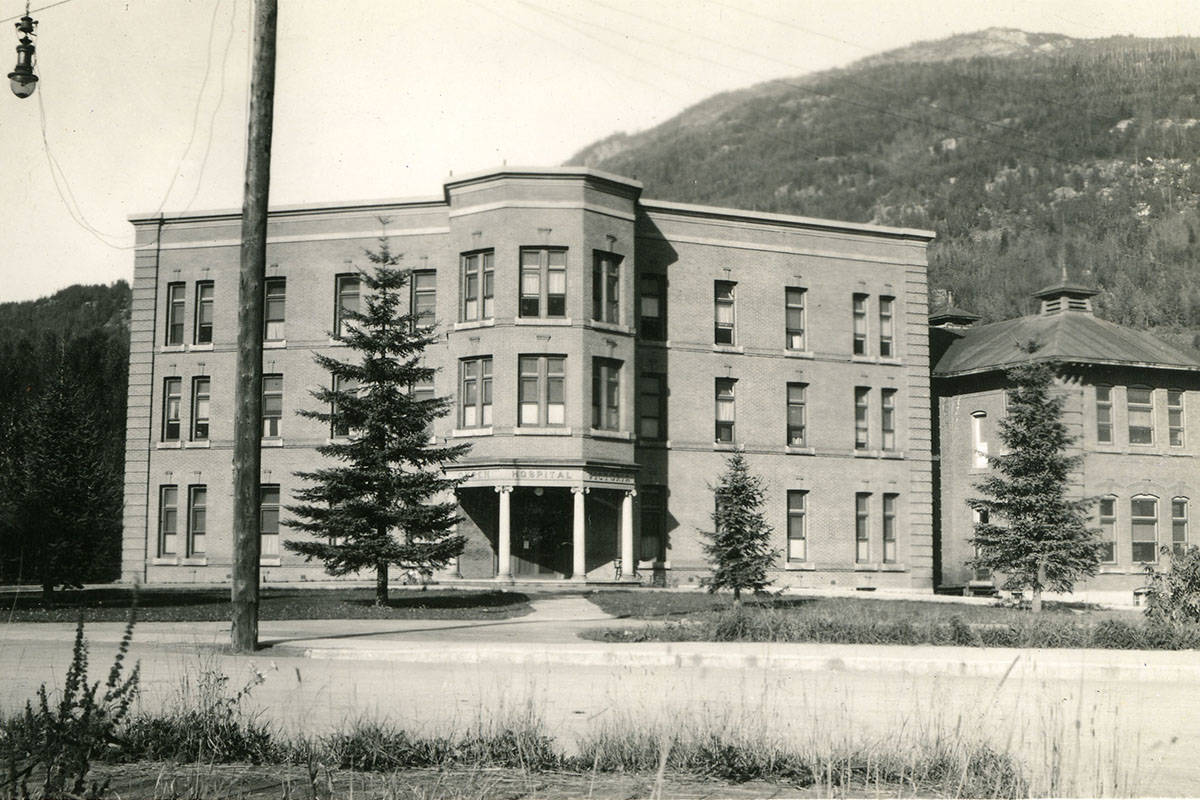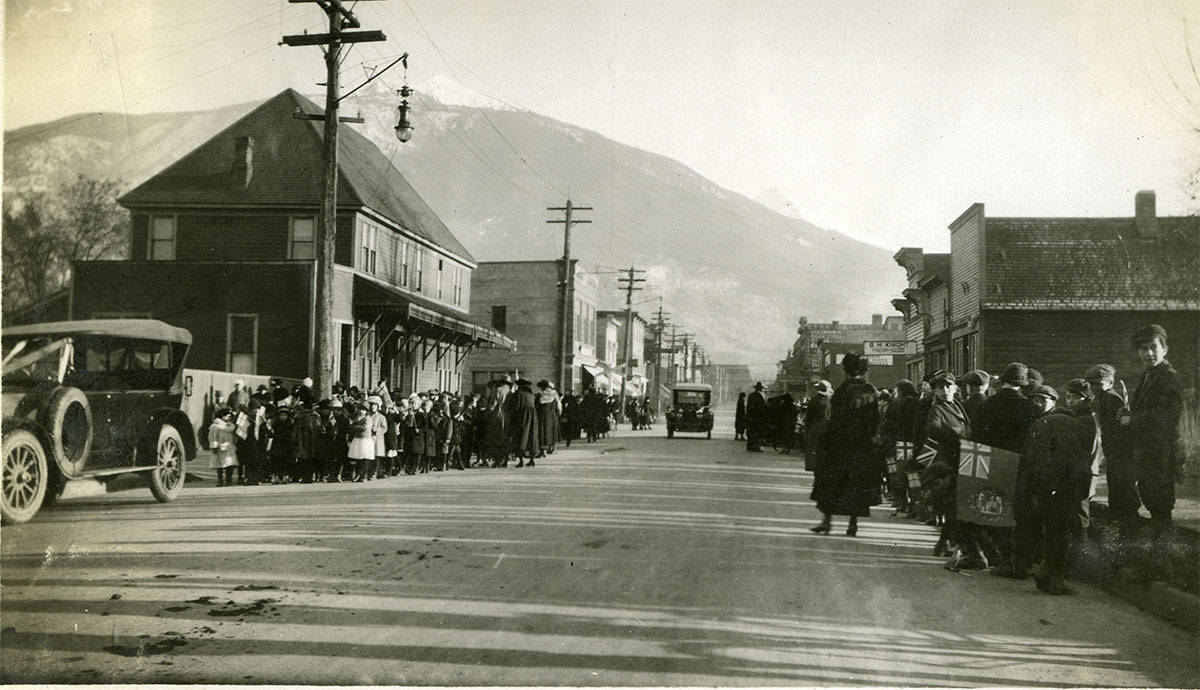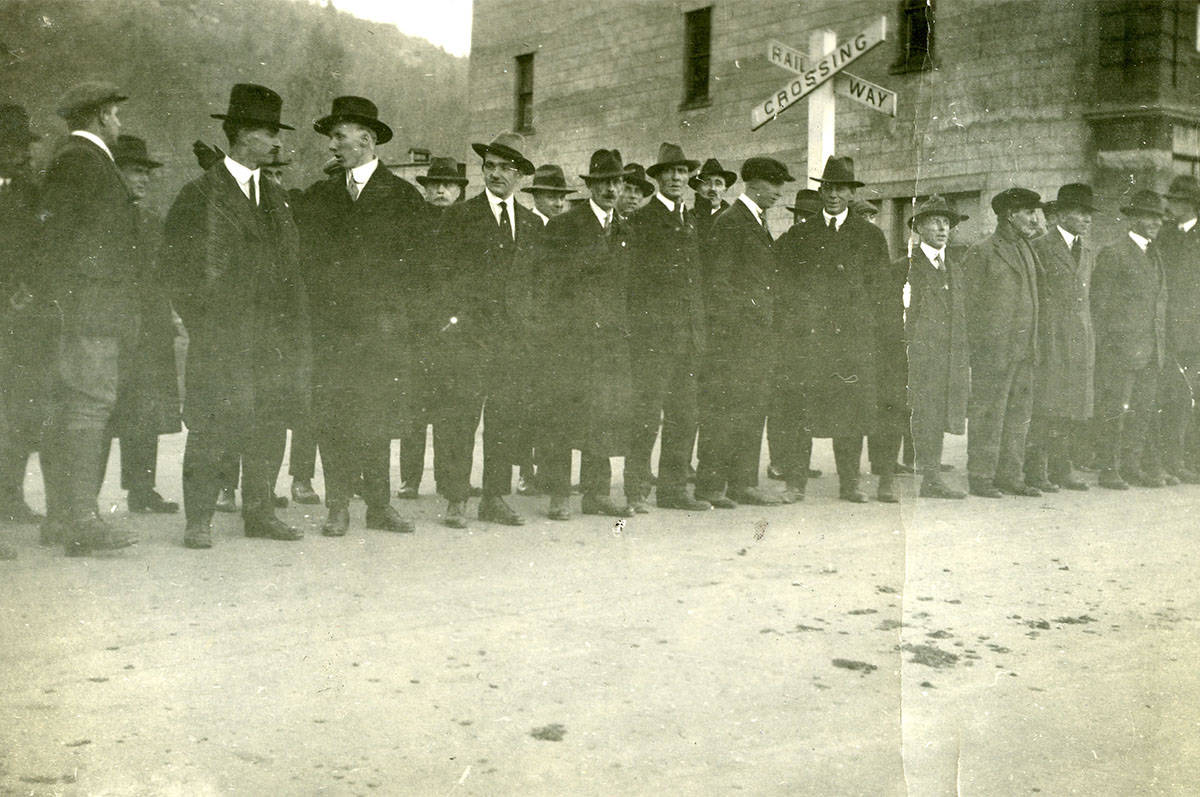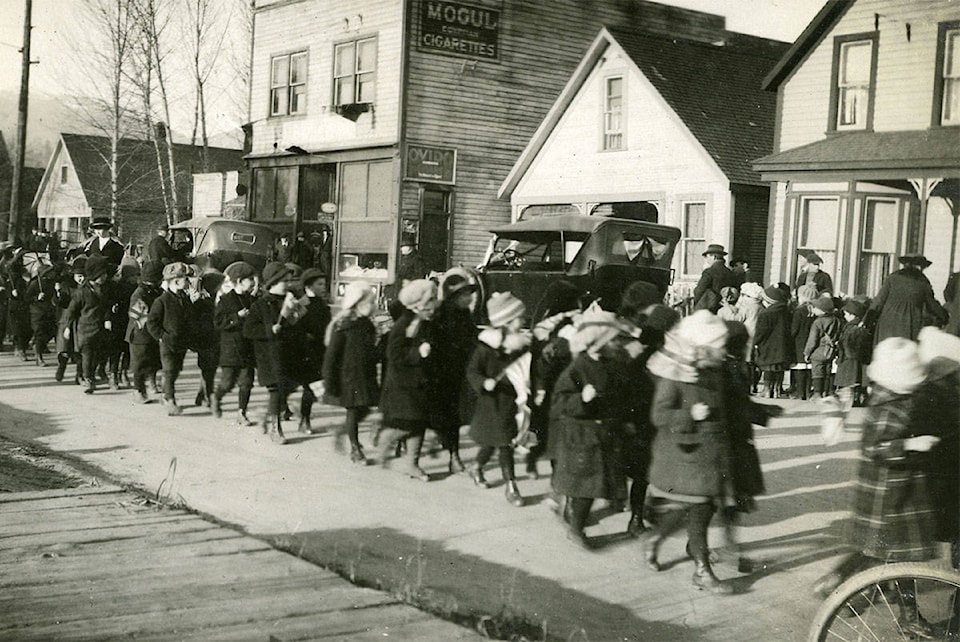This isn’t the first time Revelstoke has gone through a pandemic.
The devastating Spanish flu struck Canada hard 100 years ago. Interestingly, the disease’s name is a misnomer as it didn’t originate on the Iberian Peninsula, but was the result of widespread misunderstanding.
Spain was one of the few countries in Europe to remain neutral during the First World War. Unlike Germany and Britain, where wartime censors suppressed news of the flu to avoid impacting morale, the Spanish media was free to report in gory detail.
Since countries undergoing a media blackout could only read in-depth accounts from Spanish news they assumed the country was the pandemic’s epicentre and the name stuck.
Yet, it’s unknown where the flu originated. The theories vary but include wartime trenches, farmers in Kansas or even Chinese labourers. Regardless, the illness wiped out up to 100 million people between 1918 and 1920, which is more than double those killed in battle during the First World War.
The disease travelled the globe, largely dispersed by returning troops.
In the spring of 1918, the flu arrived in Canada through the ports of Québec City, Montréal and Halifax.
| Armistice Parade in Revelstoke, November 11, 1918. Although there was a pandemic on at the time, people still went to some gatherings and stood shoulder to shoulder. (Photo supplied by Revelstoke Museum and Archives #3634) |
Cathy English, curator for the Revelstoke museum, said there were 6,000 people at that time in the Revelstoke area. There were no roads from Sicamous or Golden, so it’s likely the disease arrived by train.
By October, the city had its first death. Mike Bzulynski died at the age of 26. The following day Harry Turnross, 23, died. Two days later, Mrs. Antje Versteegh, 74, followed.
The deaths continued, sometimes daily, for the next several months. The outbreak killed the young and healthy, turning their strong immune system against them in a way that was unusual for flu.
According to reports, some people died within hours of becoming ill, their skin turned blue and their lungs filled with fluids, causing them to suffocate.
“The nursing staff in Revelstoke were hit particularly hard,” English said.
To stop the spread, churches, theatres and club meetings were disbanded. Schools shut and the teachers became nurses to replace those becoming ill.
“It was a hard time,” English said.
Similar to COVID-19, experts said the widespread transmission of the Spanish flu around the globe was partly due to a lack of immunity in the population. There was also no vaccine.
| Queen Victoria Hospital, circa 1919. (Photo supplied by Revelstoke Museum and Archives #3634) |
Regardless, newspapers advertised advice and cures. One Revelstoke article suggested soaking cotton balls in alcohol and chloroform, placing it between one’s teeth and inhaling. In 24 hours, the article said the patient should be saved.
Ruby Nobbs wrote in Revelstoke - History and Heritage that everyone in her family fell ill and she was forced to nurse them.
Nobbs was 12 years old at the time. Unlike today, there was little to none government aid. As a result, the Department of Health was created in 1919, from then on, public health was a responsibility shared by all levels of government.
By mid-November, the Revelstoke Review proclaimed the worst was over as deaths slowed.
The flu ban was conditionally lifted, opening schools and churches.
After being fumigated and ventilated, the theatre also reopened with a showing of a Mary Pickford movie.
However, by Christmas, the flu ban was reinstated as the second wave of disease hammered through the city.
By mid-January 1919, bans were lifted permanently. In total, the flu killed 37 people.
While many gatherings were cancelled locally during the Spanish flu, some continued, such as the Armistice parade on Nov. 11, 1918. Photos show folks standing shoulder to shoulder to watch the entertainment and celebrate peace.
“They weren’t social distancing like today,” English said.
She said it appears as if people were not as concerned about congregating.
“Maybe they were just excited to be at the end of war.”
| The World War I Armistice Parade marched all over Revelstoke. (Photo supplied by Revelstoke Museum and Archives #3627) |
Closures to help stop the spread of disease continued on and off through the 1920s for measles and polio. Yet, English said Revelstoke has never experienced anything to the extent of the closures brought on by COVID-19.
“There have been temporary bans, but nothing like this,” she said.
For now, it’s unknown when normality will return, but the province said it won’t happen this month and most likely not the next.
English wonders how this pandemic will be remembered.
The museum said it’s able to glean what Revelstoke was like during the Spanish flu through newspaper accounts.
Due to plunging advertising revenues caused by the novel coronavirus, media outlets across Canada are closing. For example, on April 2, the Vancouver Courier suspended both its print and online news.
“How will we preserve the memories from this significant event?” English asked.
@pointypeak701
liam.harrap@revelstokereview.com
Like us on Facebook and follow us on Twitter.



